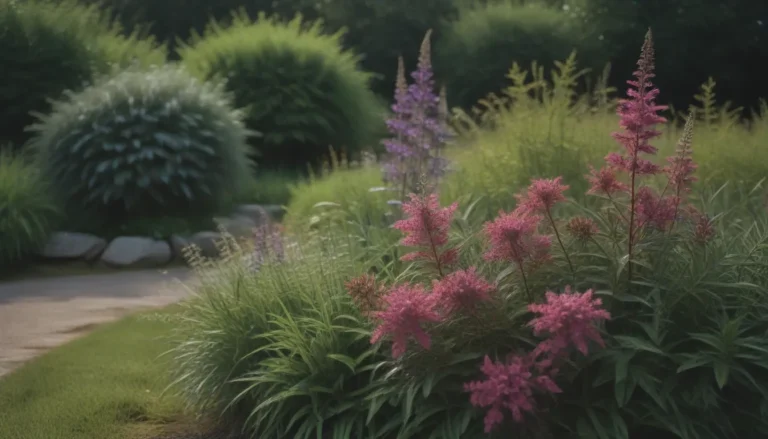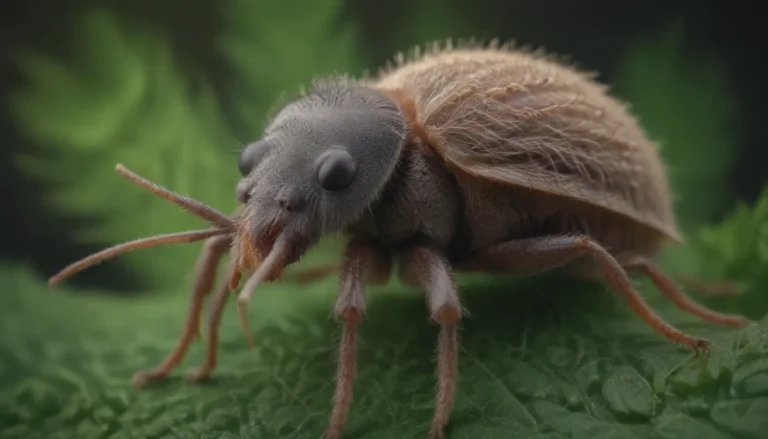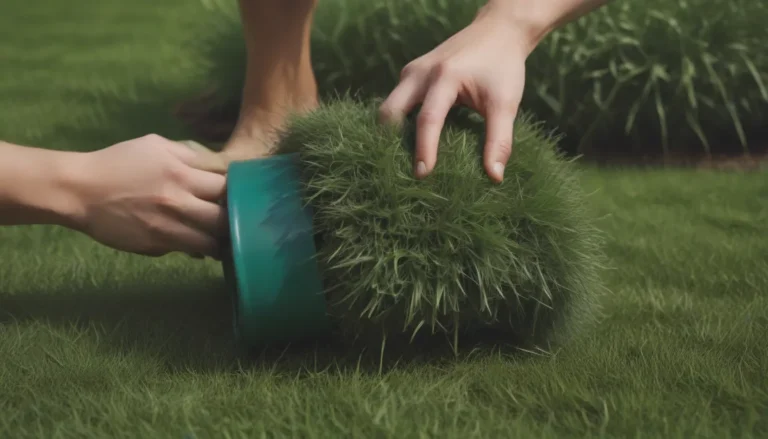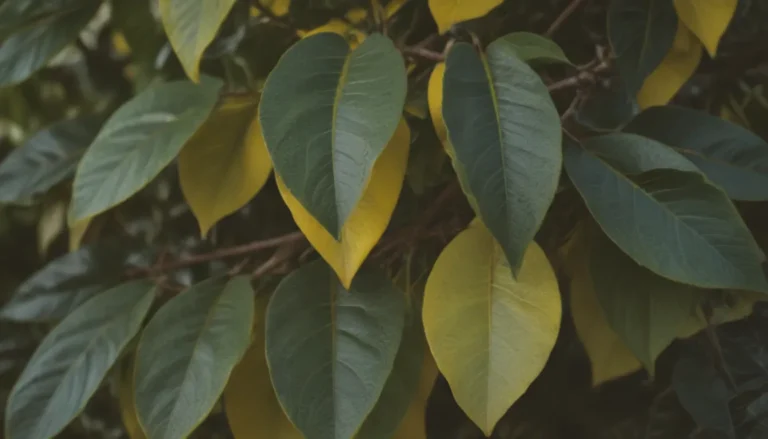How to Identify and Control Corn Earworm Infestations in Your Garden
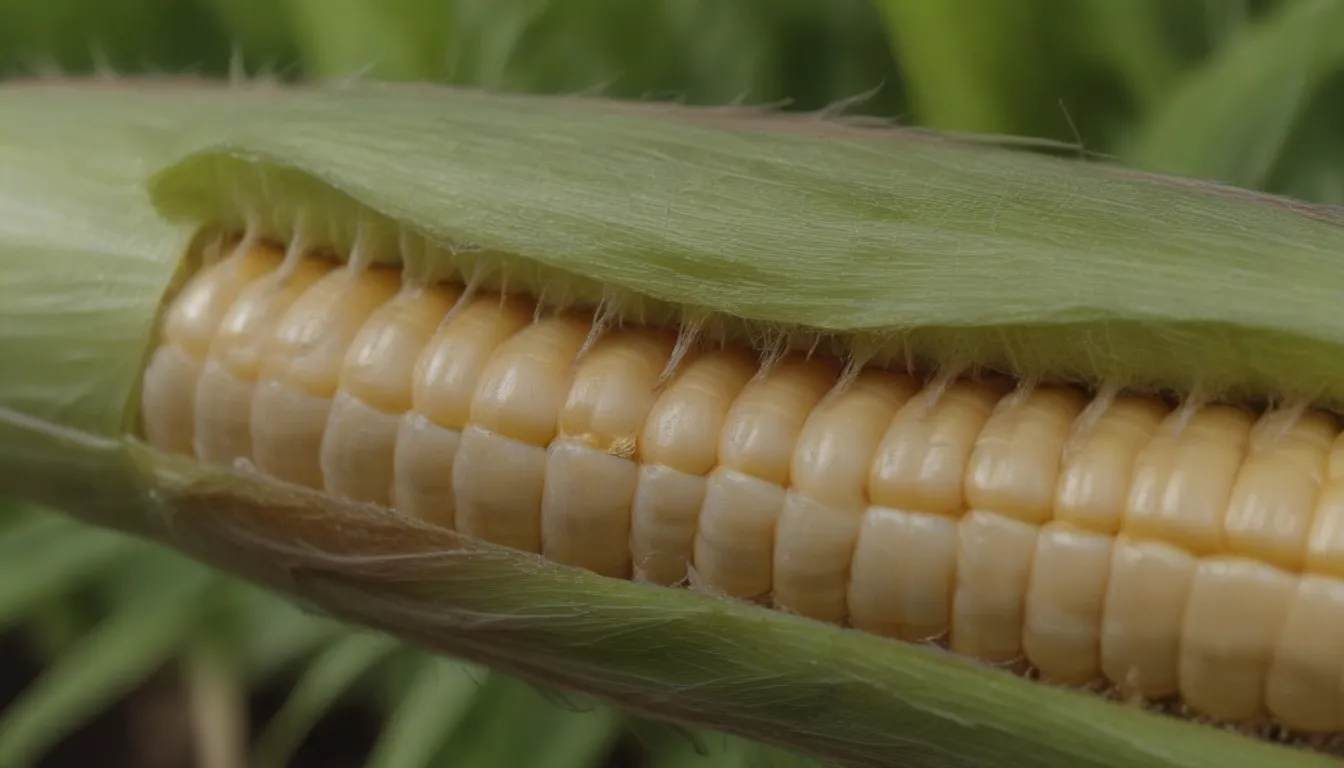
Are you tired of finding those pesky corn earworms wreaking havoc on your sweet corn and garden crops? Look no further! In this comprehensive guide, we will delve into the world of corn earworms, from their life cycle to identification, signs of infestation, and effective control methods. By the end of this article, you’ll be equipped with all the knowledge you need to protect your precious plants from these destructive pests.
The Troublesome Corn Earworm: An Overview
Corn earworm (CEW), also known as tomato fruitworm, cotton bollworm, or vetchworm, poses a significant threat to agricultural and home gardens across North America. These voracious pests can cause extensive damage to crops like sweet corn and tomatoes, making them inedible. Although corn and tomatoes are their preferred hosts, corn earworms can also attack a variety of other garden crops and weeds, including common mallow, horsenettle, pigweed, purslane, and ragweed.
While corn earworm infestations are more prevalent in warm southern climates where the pest overwinters, they can also migrate to cooler northern regions later in the season. It’s essential to stay vigilant and take proactive measures to prevent and control corn earworm infestations in your garden.
Understanding the Corn Earworm Life Cycle
To effectively combat corn earworm infestations, it’s crucial to understand their life cycle and how they progress from eggs to larvae and adult moths. Here’s a brief overview of the corn earworm life cycle:
- Eggs: Laid by female moths on fresh corn silks, eggs hatch in three to 10 days, depending on temperature.
- Larvae: After hatching, larvae go through six instars or molts over 18 days before pupating in the soil.
- Pupae: Larvae pupate in the soil for about eight to 14 days before emerging as adult moths.
- Adult Moths: Male and female moths differ in color and markings, but both share distinct features like a dark spot on the front wings.
The entire life cycle lasts three to four weeks, with approximately four generations per year. By familiarizing yourself with each stage of the corn earworm life cycle, you can effectively identify and control these pests in your garden.
How to Identify Corn Earworms
Spotting corn earworms at various life stages is essential for effective pest control. Here’s how to identify corn earworm larvae, adult moths, and eggs:
Larvae:
- Vary in color from light green to maroon, with alternating light and dark longitudinal stripes on the body.
- Covered in black spines resembling hair, with a golden brown head.
- Mature larvae grow up to 1.5 inches long and appear coated with protective frass.
Adult Moths:
- Range in color from tan to dark reddish-brown, with distinct markings on the wings.
- About 3/4 inch long with a wingspan of up to 1.5 inches.
Eggs:
- Laid on corn silks and leaves, appearing minuscule and white before turning reddish-brown.
By recognizing the physical characteristics of corn earworms at each stage, you can implement targeted control strategies to protect your crops.
Effective Strategies for Corn Earworm Control
Combatting corn earworm infestations requires proactive pest management strategies to prevent damage to your crops. Here are three effective methods for controlling corn earworm populations in your garden:
1. Manual Removal:
- If you notice isolated corn earworms on your plants, cut off the affected ear tips to control their spread.
2. Mineral Oil Application:
- Apply mineral oil on corn silks five to seven days after emergence to deter egg laying.
- Mix Bacillus thuringiensis (Bt) with mineral oil for enhanced efficacy in deterring corn earworms.
3. Insecticides:
- Use pyrethroid insecticides like carbaryl or permethrin for corn earworm control, following product labels.
- Apply the insecticide directly to corn silks to target young larvae effectively.
Implementing a combination of manual removal, mineral oil application, and targeted insecticide use can help manage corn earworm populations and protect your crops from damage.
Signs of a Corn Earworm Infestation
Detecting early signs of corn earworm infestations is crucial for implementing timely control measures. Here are some indicators of corn earworm activity in your garden:
On Corn:
- Look for chewed silks, excrement at ear tips, and larvae feeding within corn ears.
- Corn earworm larvae tend to feed on silks, ears, and leaves, causing visible damage.
On Tomatoes and Other Crops:
- Watch for larvae burrowing into tomatoes, feeding on leaves, and causing damage to fruit and stems.
- Other garden crops susceptible to corn earworm damage include beans, cucumbers, peppers, and squash.
Secondary Damage:
- Keep an eye out for holes made by corn earworms attracting other pests and fungal diseases.
- Secondary damage from corn earworms can exacerbate crop losses if left unchecked.
By monitoring your plants for signs of corn earworm activity, you can intervene early and prevent widespread damage to your garden crops.
Preventing Corn Earworm Infestations
Prevention is key to mitigating corn earworm infestations and safeguarding your crops from damage. Here are some preventive measures you can take to reduce the risk of corn earworms in your garden:
- Plant corn early to avoid peak infestation periods in cooler climates.
- Select corn varieties with long, tight husks that are less susceptible to earworm infestations.
- Practice good garden sanitation by removing plant residue to eliminate overwintering sites for pests.
By adopting these preventive strategies, you can minimize the likelihood of corn earworm infestations and protect your garden crops from harm.
Conclusion
In conclusion, corn earworms can pose a significant threat to your sweet corn and garden crops if left unchecked. By understanding their life cycle, identifying key characteristics, implementing effective control methods, and monitoring for signs of infestation, you can protect your plants from these destructive pests. Remember to stay vigilant, take proactive measures, and cultivate a healthy garden environment to deter corn earworms and preserve your harvest. With the right knowledge and strategies in place, you can successfully manage corn earworm infestations and enjoy a bountiful garden harvest. Happy gardening!
References:
– Entomology, Purdue Extension
– University of Florida
– Home & Garden Information Center, Clemson University, South Carolina
– Oregon State University, College of Agricultural Sciences
